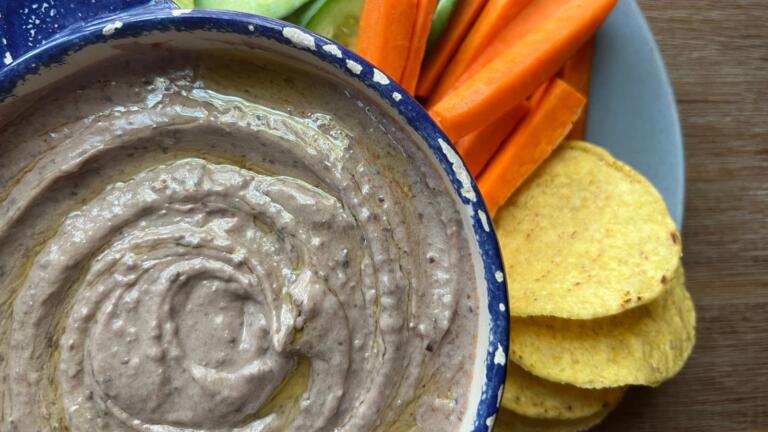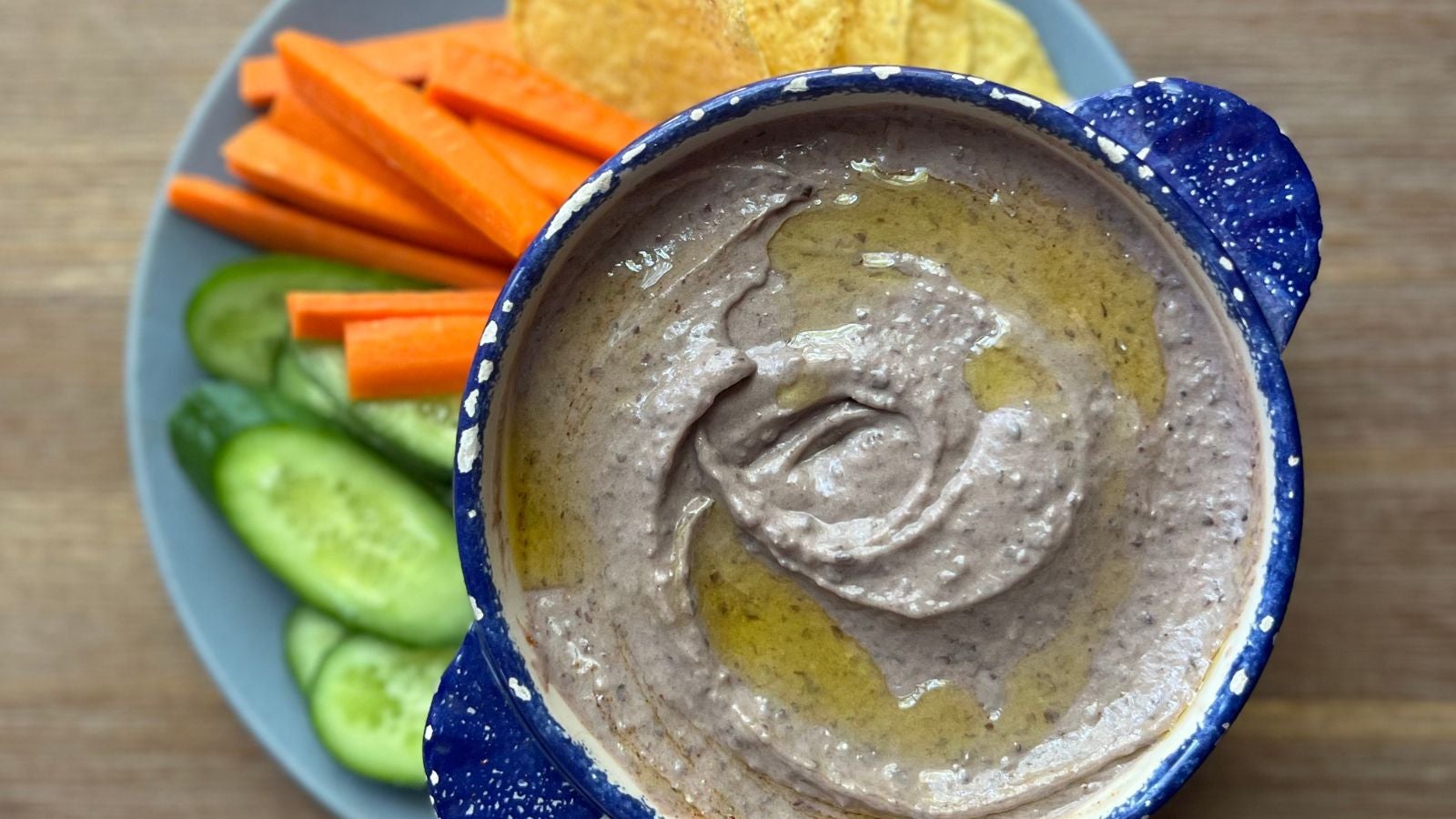While chickpeas – with their tiny stature and unassuming flavor – maintain a humble persona, their significance throughout history commands serious respect. One of the earliest plants to be domesticated for human use, chickpeas were first cultivated along with wheat, barley, lentils and other ancient grains and legumes in the Fertile Crescent some 10-12,000 years ago.
Fittingly, chickpeas have long been a staple of Middle Eastern cuisine, found in everything from stews and savory pies to fritters to spreads. Hummus, which literally means “chickpeas” in Arabic, is arguably the most popular recipe in the chickpea canon. The exact origins of this spread of smashed chickpeas softened with tahini and olive oil and flavored with garlic and lemon juice are unknown, but likely stretch back for centuries.
Hummus continues to be a favorite throughout the Middle East, including Israel where, as Janna Gur writes in “The New Book of Israeli Food:”
“Israelis hold hummus in such high regard that it is rarely made at home.” Instead, she writes, residents flock like pilgrims to their favorite hummusia (hummus joint) for plates of warm hummus topped with fava beans or a hardboiled egg and accompanied by plates of pickles and fluffy stacks of pita.
The Nosher celebrates the traditions and recipes that have brought Jews together for centuries. Donate today to keep The Nosher's stories and recipes accessible to all.
Vegetarians and health food enthusiasts first helped to introduce the protein-packed spread to the American palate in the 1960s and 1970s. Today it is nearly ubiquitous, with hummus and pita platters showing up next to mozzarella sticks and nachos on diner menus. The New York Times published an article discussing hummus’ growing popularity in the United States, especially flavored versions that add savory mix-ins like sun-dried tomatoes, roasted red peppers and avocado.
In that spirit, this recipe offers an unexpected twist on the classic by swapping chickpeas for flavorful black beans. It delivers the same creamy goodness as the original, while offering a delightfully unexpected flavor profile.
Note: Store the hummus, covered in the fridge, for up to 5 days.

Black Bean Hummus
This black bean hummus offers an unexpected twist on the classic dish.
- Total Time: 10 minutes
- Yield: Serves 2
Ingredients
- 2 (15-oz) cans black beans, drained, about ½ cup liquid reserved
- ⅓ cup runny, well-stirred tahini
- ⅓ cup extra-virgin olive oil + more for topping
- 2 ½ Tbsp fresh lemon juice + more to taste
- 1 large garlic clove, roughly chopped
- ¾ tsp kosher salt + more to taste
- ½ tsp ground cumin½ tsp smoked paprika + more for topping
Instructions
- Add the drained black beans, tahini, olive oil, lemon juice, garlic, salt, cumin and smoked paprika to the bowl of a food processor. Pulse, scraping down the sides of the bowl as needed, until fully combined.
- With the processor running, slowly pour in ¼ cup of the reserved black bean liquid and process until smooth and creamy, 2-3 minutes. If a looser consistency is desired, add more black bean liquid, a little at a time. (Discard the rest.)
- Taste and add more lemon juice or salt, if desired. Transfer to a serving bowl and smooth the top. Drizzle with a little more olive oil and sprinkle with smoked paprika.
Notes
Store the hummus, covered in the fridge, for up to 5 days.
- Prep Time: 10 minutes
- Category: Side dish
- Method: Quick
- Cuisine: Israeli




Leave a Comment